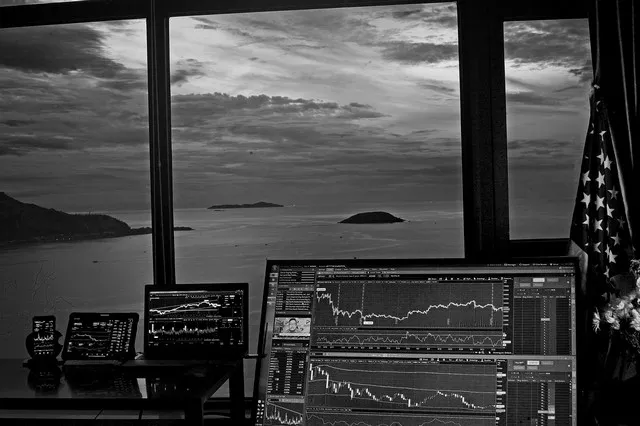Spot trading and futures trading are two popular methods of participating in financial markets, each offering distinct advantages and characteristics. While both approaches involve buying and selling financial assets, they differ in terms of settlement, contract specifications, market dynamics, and risk exposure. In this article, we will delve into the differences between spot trading and futures trading, providing a detailed comparison to help investors make informed decisions about their trading strategies.
Definition and Basics
Spot Trading:
Definition: Spot trading refers to the purchase or sale of financial assets for immediate delivery and settlement.
Immediate Settlement: In spot trading, the transaction is settled “on the spot,” typically within a short period, often within two business days.
Current Market Price: Spot prices reflect the current market value of the asset and are determined by the forces of supply and demand.
Futures Trading:
Definition: Futures trading involves buying or selling standardized contracts, known as futures contracts, that obligate the parties to transact the underlying asset at a future date.
Contractual Agreement: Futures contracts specify the quantity, quality, delivery date, and predetermined price at which the transaction will occur in the future.
Future Settlement: Unlike spot trading, futures trading involves settlement at a specified future date, allowing market participants to take positions based on anticipated price movements.
Contract Specifications
Spot Trading:
Customization: Spot trades offer flexibility in terms of the quantity and price negotiation between the buyer and seller.
Over-the-Counter (OTC) Market: Spot trades are often conducted in the OTC market, allowing for direct negotiation and customization of terms.
Futures Trading:
Standardization: Futures contracts have standardized specifications, including the contract size, quality, delivery months, and settlement terms.
Exchange-Traded: Futures contracts are traded on regulated exchanges, providing a centralized marketplace for buying and selling standardized contracts.
Settlement and Delivery
Spot Trading:
Immediate Settlement: Spot trades typically involve immediate payment and delivery of the asset between the buyer and seller.
Physical or Cash Settlement: The settlement may involve the physical transfer of the asset or cash payment, depending on the asset class and market conventions.
Futures Trading:
Future Settlement: Futures contracts are settled at a specified future date, known as the contract’s expiration or delivery date.
Cash or Physical Settlement: Depending on the futures contract, settlement can occur through physical delivery of the underlying asset or cash settlement based on the contract’s terms.
Market Dynamics
Spot Trading:
Real-Time Pricing: Spot markets provide real-time pricing information based on the prevailing supply and demand dynamics.
Market Depth: Spot markets may have varying levels of liquidity, with the depth of market orders influencing the ease of buying or selling the asset.
Futures Trading:
Price Discovery: Futures markets contribute to price discovery by providing a transparent platform for buyers and sellers to transact standardized contracts, reflecting market sentiment and expectations.
Liquidity and Volume: Futures markets often have higher liquidity and trading volumes due to the participation of various market participants, including institutional investors and speculators.
Risk Exposure
Spot Trading:
Immediate Market Risk: Spot traders are exposed to immediate market risk, as the asset’s price can fluctuate between the time of entering the trade and settlement.
Limited Risk Management Tools: Spot traders have limited options for hedging or managing price risk, relying on diversification or stop-loss orders to mitigate potential losses.
Futures Trading:
Price Risk Mitigation: Futures contracts offer risk management tools, allowing traders to hedge against price fluctuations and lock in future prices.
Leverage and Margin Requirements: Futures trading involves the use of leverage, amplifying both potential gains and losses. Traders are required to maintain margin accounts to cover potential losses.
Conclusion
Spot trading and futures trading provide distinct avenues for investors to engage in financial markets. While spot trading offers immediate settlement and customization, futures trading provides standardized contracts, risk management tools, and the ability to trade based on anticipated future price movements. Understanding the differences between spot trading and futures trading is crucial for investors to determine the most suitable approach based on their objectives, risk tolerance, and time horizon. By harnessing the unique advantages of each method, market participants can navigate the dynamic landscape of financial markets effectively.


